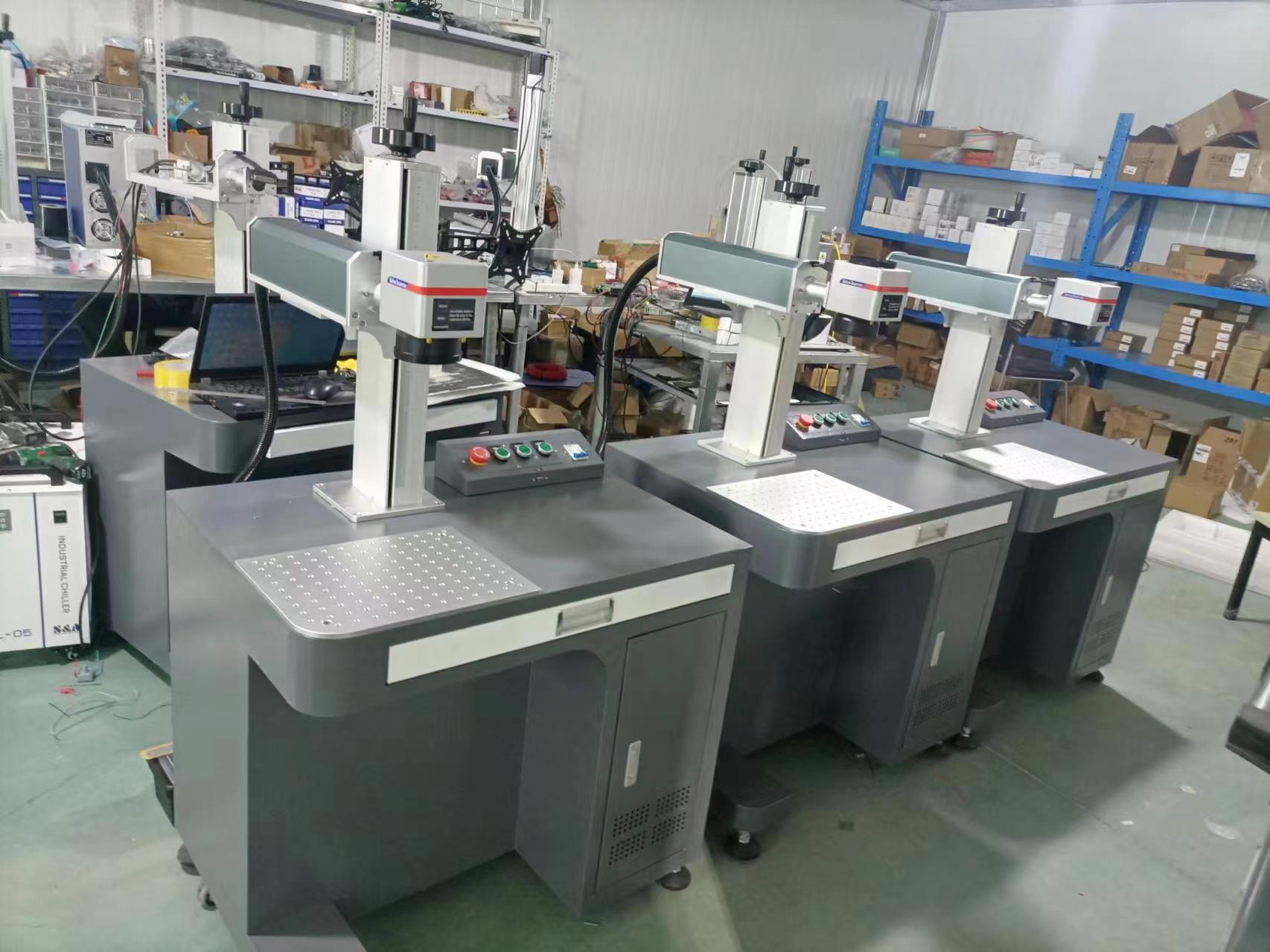How to Choose the Right Table Fiber Laser Marking Machine for Your Business

How to Choose the Right Table Fiber Laser Marking Machine for Your Business
In today’s manufacturing world, laser marking technology has become indispensable for businesses looking to increase efficiency and precision. One of the most popular options is the table fiber laser marking machine. Known for their ability to mark a wide range of materials with high precision, these machines are invaluable in industries such as automotive, electronics, jewelry, and medical devices.
But with so many options available, how do you choose the right one for your business? Here’s a guide to help you navigate the decision-making process.
1. Understand Your Specific Marking Needs
The first step in choosing a table fiber laser marking machine is to assess your specific marking needs. Are you marking serial numbers on metal parts, logos on electronics, or text on plastic materials? The type of material you’ll be working with significantly impacts the laser’s power and performance.
•Metal Marking: If you’re dealing with metals, such as stainless steel, aluminum, or titanium, ensure the laser system has a high enough wattage to handle the material’s surface.
•Non-Metal Marking: For plastics, ceramics, or coatings, a lower wattage might suffice. However, it’s still important to ensure that the machine can provide clear and crisp marks.
2. Consider the Laser Power (Wattage)
The wattage of the fiber laser is a crucial factor that directly impacts its efficiency and speed. For heavy-duty metal marking, higher wattage (20W to 50W) is recommended, while for lighter materials like plastics, lower wattage (5W to 20W) may be sufficient.
Choosing the correct wattage will help you strike a balance between performance and cost. Higher-powered lasers typically cost more but allow faster marking speeds and greater versatility.
3. Evaluate the Marking Area
The size of the marking area is also an important factor. The table size varies across different models, and this should align with the size of the parts or products you are marking. If you’re working with large parts, choose a machine with a larger marking area to ensure that you can complete the work in one go.
A standard table fiber laser marking machine has a marking area of around 110mm x 110mm, but there are larger systems available for more extensive marking requirements. Consider how frequently you’ll be working with larger items and whether you need that extra space.
4. Look for Precision and Accuracy
One of the standout features of fiber laser marking machines is their precision. Whether you’re engraving intricate logos or serial numbers, accuracy is essential. Check the minimum line width and marking speed of the machine.
For fine engraving work, you’ll need a machine that can achieve very thin line widths (below 0.1mm). Machines with faster marking speeds can increase productivity but ensure that speed does not compromise the quality of the mark.
5. Check for Compatibility and Software Integration
The fiber laser marking machine should be compatible with the types of files you work with. Most fiber laser systems support popular graphic formats like DXF, PLT, and AI. Also, ensure that the software allows you to adjust parameters like power, speed, and frequency to fine-tune your marks.
Additionally, look for machines that come with user-friendly software (EZCAD, Markingmate, etc.) that's easy to learn and integrate with your existing workflow. Features like auto-focus and adjustable scanning speeds can further enhance productivity and consistency.
6. Consider Maintenance and Support
While fiber laser marking machines are relatively low-maintenance, it’s important to choose a system that provides easy servicing and technical support. Consider the availability of spare parts, the warranty period, and whether the manufacturer offers training or ongoing customer support.
Ensure that the laser system has durable components and easy-to-replace consumables like lenses and lens protectors. Also, keep in mind that fiber lasers generally require less maintenance compared to CO2 lasers, which is a significant advantage.
7. Assess the Brand Reputation and Reviews
When investing in expensive machinery, it’s wise to choose a reputable brand. Research the manufacturer’s reputation by checking online reviews, testimonials, and case studies. Reputable brands often provide better warranty coverage, customer support, and a track record of producing reliable and efficient machines.
Also, inquire about how long the company has been in business and their experience in the industry. Brands with a proven history of success are more likely to deliver the quality and reliability you need.
8. Budget and Cost of Ownership
Finally, factor in your budget and the total cost of ownership. While cheaper machines may seem attractive upfront, they might lack features or durability that could increase long-term operational costs. Consider factors like:
•Upfront cost: Does it fit within your budget, including any additional accessories you may need?
•Operational costs: How much will the machine cost to run in terms of energy consumption, consumables, and maintenance?
•Longevity: How long will the machine last, and is it covered by a solid warranty?
Conclusion
Choosing the right table fiber laser marking machine requires careful consideration of your specific needs, the type of materials you’re marking, and the capabilities of the machine. Whether you’re looking for precision, speed, or versatility, there’s a fiber laser marking system that’s perfect for your business. By considering the factors listed above, you can make an informed decision that will serve your marking needs efficiently for years to come.
Have any questions or need more guidance? Feel free to leave a comment or contact us for expert advice on choosing the best fiber laser marking machine for your business!